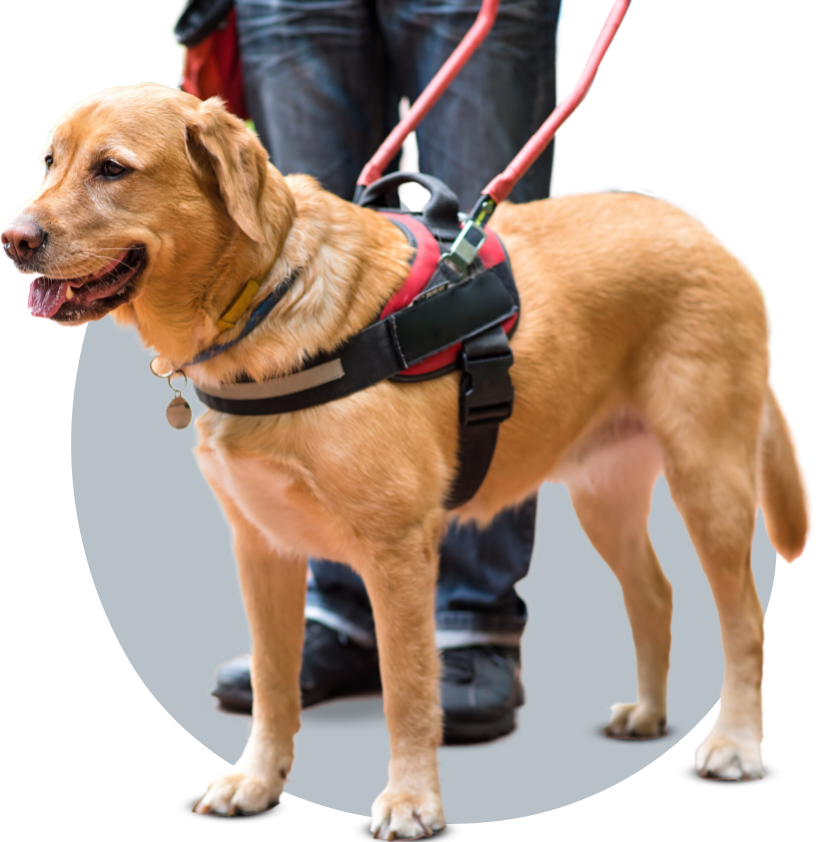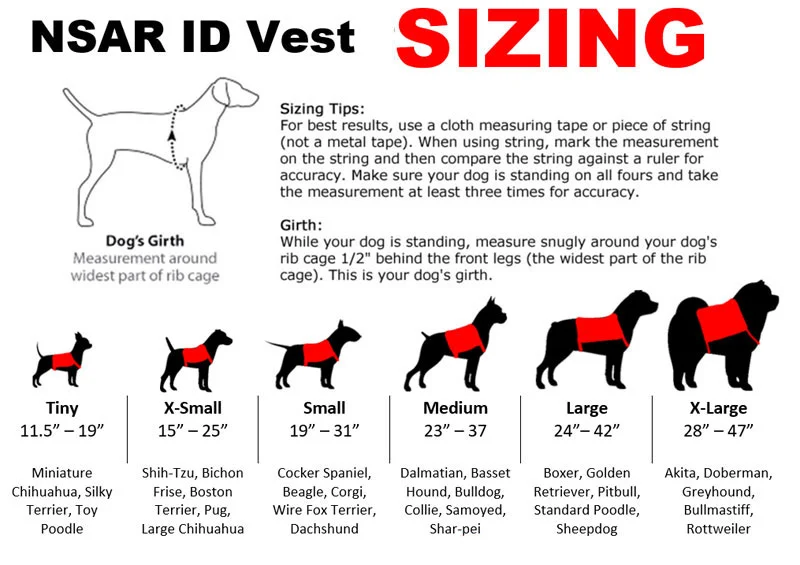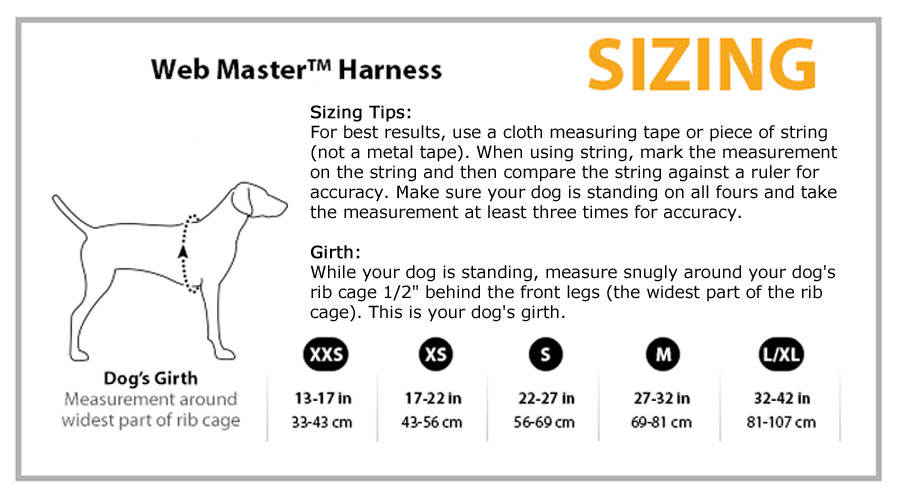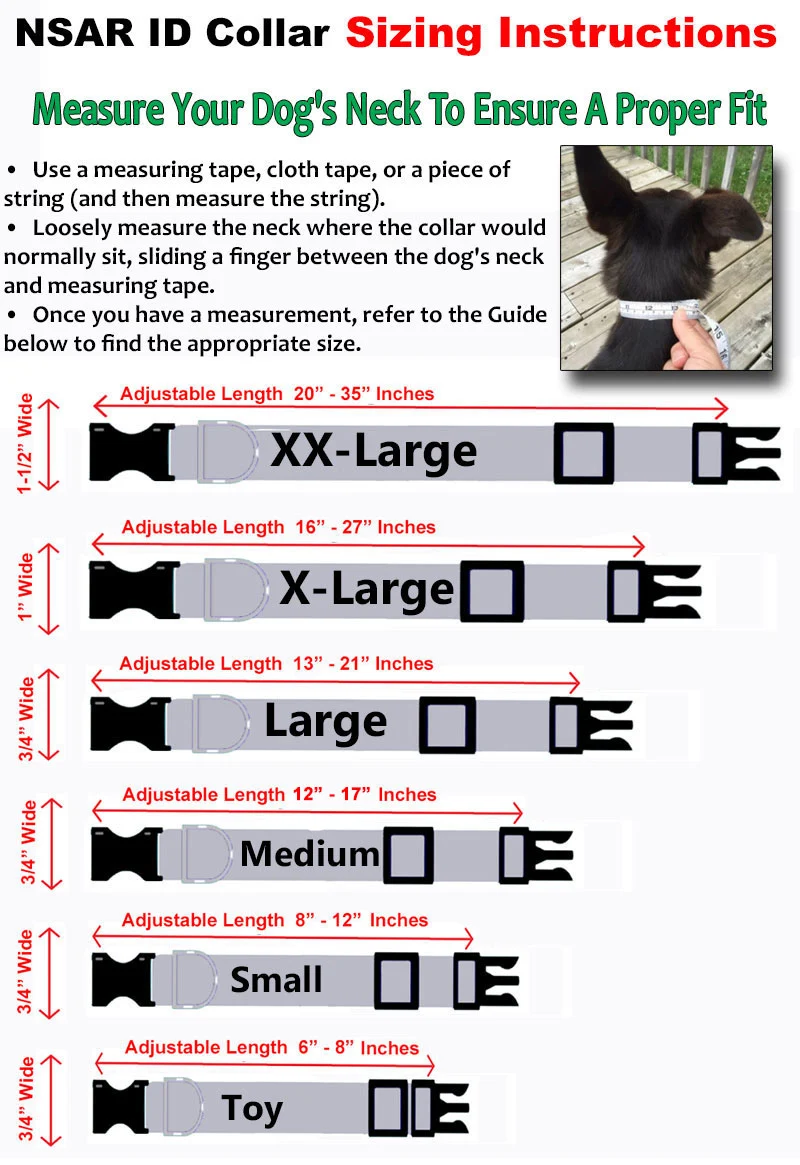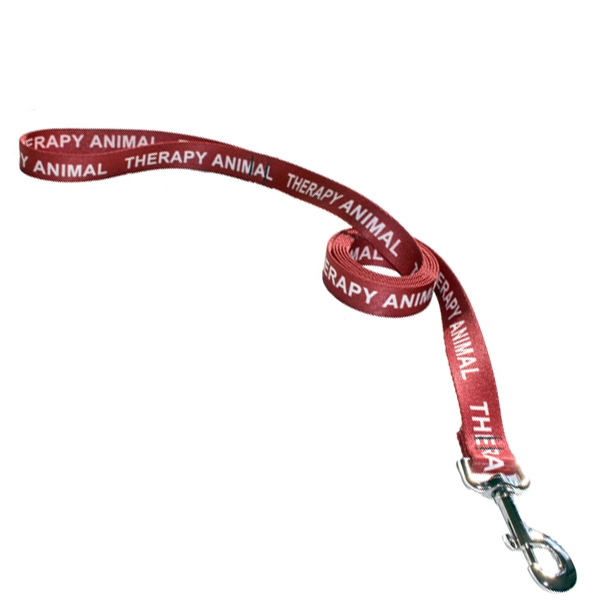Service Dog Training: Why It’s Essential

Imagine a world where a service dog confidently leads a person with visual impairments through a bustling city street or a dog senses the onset of a seizure and alerts their handler just in time. These powerful, life-changing moments happen because of extensive and intentional training. Service dogs are not just companions—they are highly skilled partners capable of providing critical assistance to those who need it most.
In this comprehensive guide, we’ll explore why training isn’t just beneficial but essential for every service dog. You’ll learn about the various types of service dogs, the significance of proper training, and the ways it impacts both the handler’s life and the dog’s well-being. Whether you’re considering obtaining a service dog or are simply curious about the process, this article will give you the in-depth information you need.
What Are Service Dogs?
Service dogs are highly trained canines that assist individuals with disabilities in performing specific tasks that mitigate their disability. These dogs provide crucial support for people with physical, sensory, psychiatric, intellectual, or other mental disabilities.
Types of Service Dogs
- Guide Dogs: Assist individuals with visual impairments.
- Hearing Dogs: Alert individuals to important sounds like alarms or doorbells.
- Mobility Assistance Dogs: Aid people with physical disabilities by retrieving objects, opening doors, or offering stability.
- Medical Alert Dogs: Detect medical conditions like low blood sugar, seizures, or panic attacks.
- Psychiatric Service Dogs: Support individuals with PTSD, severe anxiety, or depression by interrupting harmful behaviors or providing grounding techniques.
Why Training Matters
Training is the backbone of a service dog’s role. Without rigorous and specialized training, these dogs cannot perform their essential duties safely or effectively.
Ensuring Reliability and Safety
A properly trained service dog must perform tasks reliably in various environments—whether it’s a crowded shopping mall or a quiet doctor’s office. Poorly trained dogs can lead to unintended consequences, putting the handler and those around them at risk.
Enhancing Independence and Confidence
For handlers, a well-trained service dog is more than just a pet; it’s a key to greater independence and a higher quality of life. Knowing that a dog is capable of responding appropriately to their needs builds trust and confidence.
Supporting Legal and Public Access Rights
The Americans with Disabilities Act (ADA) protects the rights of service dog handlers, granting them access to public spaces. These rights are more easily maintained when service dogs are properly trained and behave appropriately in public settings.
The Housing and Urban Development (HUD) protects your legal rights to have your service dog live with you without any pet rent and/or deposits, even if a landlord has a no pet policy.
However, if you’re disability is not readily apparent, they may require a letter from a doctor or a licensed mental health professional stating that your service dog is necessary is a part of your treatment. Our licensed clinicians may write emotional support animal (ESA) or psychiatric service dog (PSD) letters to help protect your rights.
The Department of Transportation (DOT) protects your legal rights to fly with your service dog in the cabin of the aircraft at no additional charge.
Training Approaches
Service dog training typically involves three key phases: socialization, basic obedience, and task-specific training.
- Socialization: Exposure to diverse environments, people, and stimuli to develop a calm demeanor.
- Basic Obedience: Mastering foundational commands like sit, stay, and come.
- Task-Specific Training: Learning tasks that directly support the handler’s needs, such as alerting to medical conditions or retrieving dropped items.
Practical Tips for Potential Handlers
- Work with Reputable Organizations OR do it yourself: Ensure the organization you choose has experience and credentials in service dog training or you can train the animal yourself. The ADA allows anyone to be their own service dog trainer.
- Ongoing Training: Even after initial training, consistent reinforcement is essential.
- Understand Your Rights: Familiarize yourself with legal protections under the ADA to confidently navigate public spaces.
Frequently Asked Questions
Q: Can any dog be trained as a service dog? A: While any breed can potentially become a service dog, temperament, health, and aptitude play crucial roles.

Q: How long does it take to train a service dog? A: Service dog training varies depending on the aptitude of the dog, the tasks they’re trying to learn, and how much time and effort are put into each training day, so there isn’t a set in stone time frame.
Q: Are emotional support animals (ESAs) considered service dogs? A: No, ESAs provide comfort but are not trained to perform specific tasks to mitigate a disability.
Conclusion
Proper training transforms a service dog from a supportive companion to a life-changing partner. If you’re considering acquiring a service dog or need further guidance, reach out to our team for expert advice and support. Let’s work together to ensure that every service dog can fulfill its potential as a trusted partner.












































































